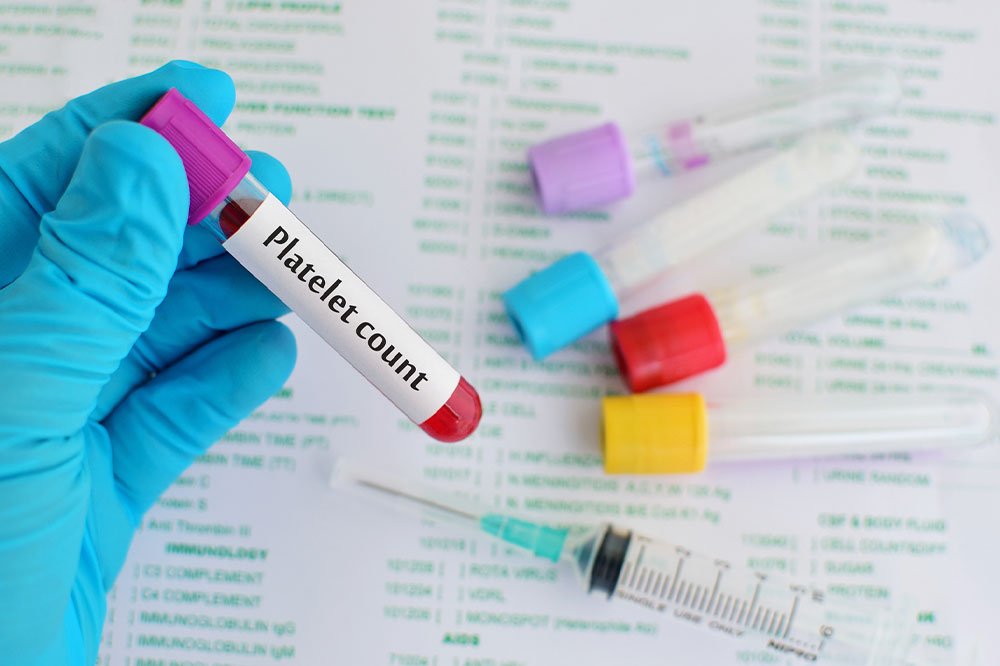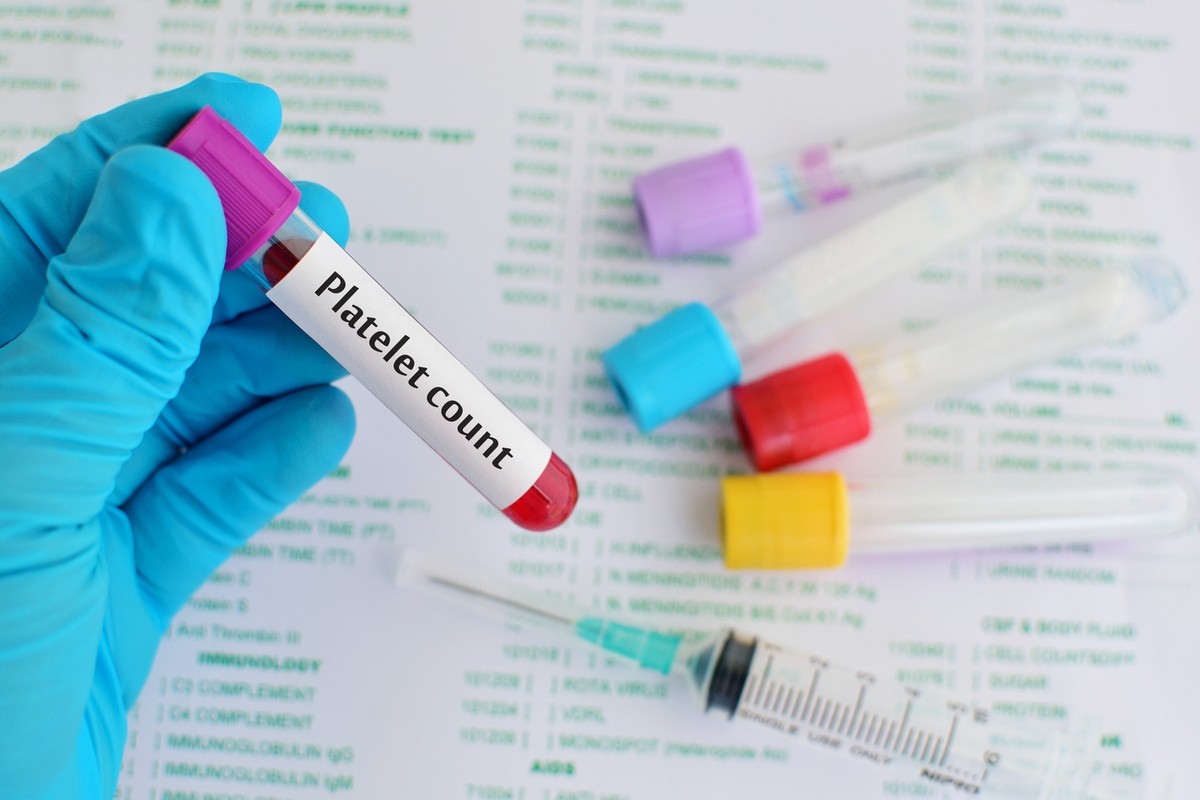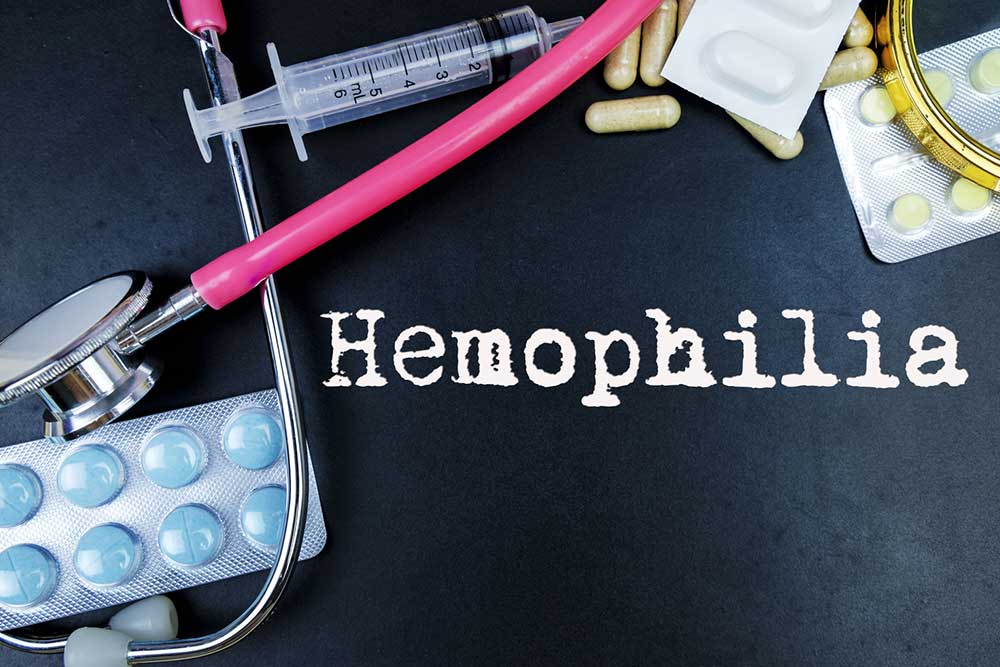Understanding Thrombocytopenia: Causes, Diagnosis, and Treatment Strategies
Thrombocytopenia is a condition marked by low platelet counts, leading to bleeding risks. This comprehensive overview covers causes, diagnosis, and treatments, including transfusions, medications, and surgery. Early diagnosis and targeted therapy are key to managing the condition effectively and preventing complications. Learn about the different therapies available and how addressing underlying causes can improve health outcomes for affected individuals.

Understanding Thrombocytopenia: Causes, Diagnosis, and Treatment Strategies
Thrombocytopenia is a condition characterized by a lower-than-normal count of platelets in the blood. Platelets are vital for blood clotting and preventing excessive bleeding. When levels drop, individuals may experience easy bruising, bleeding, and difficulty stopping bleeding after injuries. This condition can result from autoimmune diseases, certain cancers, or as a side effect of treatments. This article covers the basics of thrombocytopenia, methods for diagnosis, and available treatment options.
About Thrombocytopenia
Thrombocytopenia happens when platelet counts fall below the normal range, affecting the blood's ability to form clots. Platelets are produced in the bone marrow, and a deficiency can lead to abnormal bleeding. The condition is classified into three types: destruction of platelets, sequestration in the spleen or liver, and decreased production in bone marrow.
Blood clot formation relies on sufficient platelets, which help prevent excessive bleeding at injury sites. In thrombocytopenia, the reduced number of platelets hampers clot formation, increasing bleeding risks. Symptoms include easy bruising, bleeding gums, and prolonged bleeding. Diagnosis involves medical evaluation, blood counts, and clotting tests. The severity of thrombocytopenia guides treatment decisions. Mild cases may not require intervention, while severe cases may necessitate transfusions, medications, or surgery. Addressing the root cause often improves platelet levels, and prevention strategies include avoiding blood thinners and risky activities.
Potential Treatment Methods
Treatment approaches depend on severity and cause. They aim to prevent bleeding complications and restore healthy platelet counts. If the condition is mild, observation may suffice. For more severe cases, options include platelet transfusions, medications to suppress immune destruction, or removal of the spleen when necessary. Other therapies may involve immunoglobulin administration or treatments to boost platelet production. Addressing underlying causes like autoimmune reactions or bone marrow disorders can lead to improvements. In critical situations, hospitalization and frequent monitoring are essential.
Additional Treatment Options
- Platelet transfusions provide temporary relief in active bleeding cases.
- Splenectomy can increase platelet count by removing the spleen, which destroys platelets.
- Medications like immunoglobulins help reduce immune-mediated destruction of platelets.
- Severe cases might require blood transfusions or splenectomy if other treatments are ineffective.
Summary of Treatment Strategies
To raise platelet levels, doctors may recommend transfusions or medications that slow destruction of platelets. For immune-related causes, immune-suppressing drugs or splenectomy might be necessary. Patients are advised to avoid activities that increase bleeding risks, especially if their platelet count is critically low. Early diagnosis and tailored treatment can significantly improve outcomes for individuals with thrombocytopenia.
Note: The information provided in this article is for educational purposes only. Always consult a healthcare professional for diagnosis and treatment options tailored to individual health conditions. The website's content is based on current research and may not cover all treatment options available or specific patient needs.










